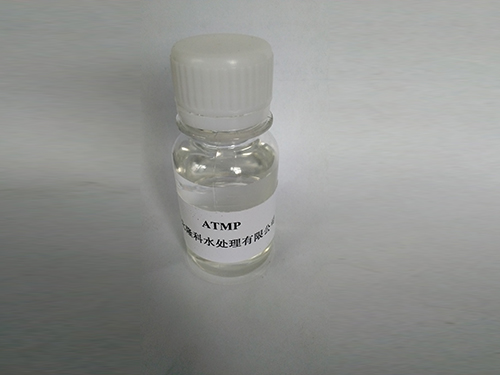pam polyacrylamide
Understanding PAM Polyacrylamide Properties, Applications, and Environmental Concerns
Polyacrylamide (PAM) is a synthetic polymer composed of acrylamide monomers, widely employed in various industrial and environmental applications due to its unique physicochemical properties. It is notably recognized for its excellent ability to absorb water and enhance soil properties, making it a crucial agent in areas such as agriculture, water treatment, and construction.
Properties of PAM Polyacrylamide
The structure of PAM consists of long chains of repeating acrylamide units that can be modified to achieve desired characteristics. PAM exists in different forms non-ionic, anionic, and cationic, each tailored for specific applications. The molecular weight of PAM can also vary significantly, which affects its performance.
1. Hydrophilic Nature One of the standout features of PAM is its high affinity for water. This property enables PAM to swell and form gels, which is essential in applications like soil stabilization and water retention in agriculture.
2. Viscosity Enhancer PAM solutions exhibit significant viscosity, making them useful as thickening agents in various processes.
3. Flocculation and Coagulation PAM acts effectively as a flocculant, facilitating the aggregation of suspended particles in liquids, which is particularly useful in wastewater treatment.
4. pH and Temperature Stability Polyacrylamide is stable across a range of pH levels and temperatures, making it versatile for different environmental conditions.
Applications of PAM Polyacrylamide
The versatile properties of PAM have led to its adoption in numerous fields
pam polyacrylamide

1. Agriculture PAM is extensively used to improve soil structure, enhance water retention capacity, and reduce soil erosion. Farmers apply PAM to arid and semi-arid lands to promote better crop yields by maintaining moisture levels.
2. Water Treatment In municipal and industrial wastewater treatment, PAM serves as a flocculant. It enhances the settling of solids and aids in the removal of contaminants, thus improving water clarity and safety.
3. Oil and Gas Industry PAM is used in enhanced oil recovery processes to increase the yield of oil wells. Its viscosifying ability helps in maintaining the stability of the drilling mud, thus improving drilling efficiency.
4. Construction PAM is employed as a soil stabilizer in construction projects. It helps reduce dust and improves the load-bearing capacity of soil, which is critical in building foundations and road surfaces.
5. Cosmetics and Personal Care Due to its thickening and stabilizing properties, PAM is also found in various cosmetic formulations, enhancing texture and consistency.
Environmental and Health Concerns
Despite its wide range of applications, the use of PAM is not without concerns. One major issue is the potential for acrylamide, a neurotoxin and probable human carcinogen, to leach from PAM when it breaks down. This characteristic raises alarm among environmentalists, particularly regarding its use in agriculture and water treatment.
To mitigate these risks, significant research is focused on developing PAM products with lower acrylamide content or utilizing alternative biodegradable polymers that provide similar benefits without the associated health risks. Additionally, regulations surrounding the safe use of PAM are becoming increasingly stringent, requiring manufacturers to adopt best practices for minimizing exposure.
Conclusion
In summary, PAM polyacrylamide is a multifaceted substance with important roles in agriculture, water treatment, and various industries. Its unique properties offer numerous benefits, such as improved water retention and soil stabilization. However, addressing environmental and health concerns associated with its use remains critical. Ongoing research and advancements in polymer technology will likely lead to the development of safer alternatives, ensuring that the benefits of PAM can be enjoyed while minimizing negative impacts. As the world continues to confront challenges related to water scarcity and environmental degradation, the responsible application of PAM will play a vital role in fostering sustainable practices across different sectors.
-
Water Treatment with Flocculant Water TreatmentNewsJun.12,2025
-
Polymaleic AnhydrideNewsJun.12,2025
-
Polyaspartic AcidNewsJun.12,2025
-
Enhance Industrial Processes with IsothiazolinonesNewsJun.12,2025
-
Enhance Industrial Processes with PBTCA SolutionsNewsJun.12,2025
-
Dodecyldimethylbenzylammonium Chloride SolutionsNewsJun.12,2025





